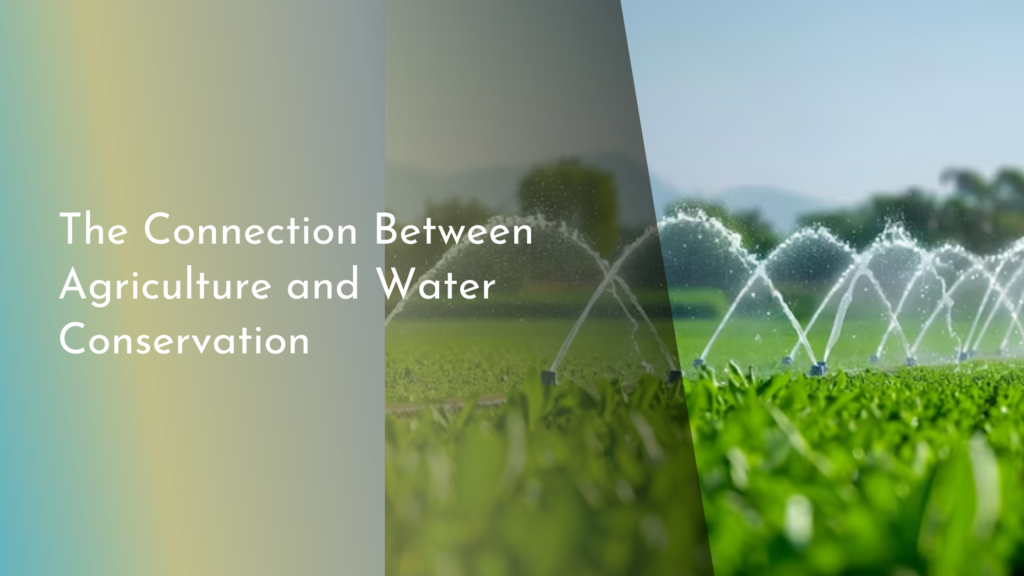Solar Cooking Tips for Beginners
Are you looking to embark on a culinary adventure powered by the sun? Solar cooking is an eco-friendly and innovative way to prepare meals without relying on conventional energy sources. Whether you’re a seasoned chef or a kitchen novice, solar cooking offers a unique opportunity to experiment with new techniques while reaping the benefits of sustainable living. In this article, we’ll guide you through the essentials of solar cooking, including understanding how solar cookers work, selecting the right one for your needs, mastering essential cooking tips, and troubleshooting common issues. Let’s harness the power of the sun to create delicious meals!
Understanding How Solar Cookers Work
Solar cookers harness the sun’s energy to cook food through the principles of reflection, absorption, and greenhouse effect. At the core of solar cooking is the ability to convert sunlight into heat that is trapped within the cooker, effectively cooking the food placed inside. Most solar cookers are designed with reflective panels or surfaces that concentrate sunlight onto a dark cooking pot, which absorbs the heat. The trapped heat is then retained efficiently within the cooker, often aided by an enclosure that creates a greenhouse effect, similar to a car heating up on a sunny day.
There are several types of solar cookers, including box cookers, parabolic cookers, and panel cookers, each using a slightly different method to harness solar energy. Box cookers are like miniature ovens that capture sunlight through a transparent lid, while parabolic cookers use a reflective surface to focus sunlight onto a central point, ideal for high-temperature cooking. Panel cookers are typically simpler in design and combine elements of both box and parabolic cookers. Understanding these mechanisms helps you make an informed decision on which type suits your cooking needs and style.
Choosing the Right Solar Cooker for You
Selecting the right solar cooker depends on various factors such as your cooking style, budget, and the amount of sunlight available in your area. If you enjoy slow-cooked meals like casseroles or stews, a box cooker might be the best option as it provides consistent, moderate heat. On the other hand, if you prefer grilling or frying, a parabolic cooker could be the ideal choice because it can reach higher temperatures quickly. Panel cookers are great for beginners due to their simplicity and versatility, making them suitable for a wide range of dishes.
Consider the materials and size of the solar cooker as well. Portable, lightweight cookers are ideal for camping or picnics, while larger, stationary models might be better suited for home use. Additionally, think about the climate in your region. Areas with abundant sunshine can make full use of any solar cooker, but if you’re in a place with less consistent sunlight, you might want to choose a model that performs well under partly cloudy conditions. Do some research, read reviews, and, if possible, try out different models to find the perfect fit for your solar cooking journey.
Essential Tips for Successful Solar Cooking
Successful solar cooking relies on planning and timing, as it often takes longer than conventional cooking methods. Start by choosing the right time of day—usually between 10 AM and 2 PM when the sun is at its peak—to ensure maximum sunlight exposure. Preheat the solar cooker for about 30 minutes before adding your ingredients, similar to preheating a conventional oven. Use dark, thin, and heat-absorbent cookware to enhance the cooking process, as these materials will efficiently absorb and retain heat.
Keep your solar cooker aligned with the sun, adjusting its position every 30 minutes to an hour to maintain optimal exposure. Patience is key; expect dishes to take twice as long to cook as they would on a traditional stove or oven. While this may seem time-consuming, it’s an excellent opportunity to relax and enjoy other activities while your food cooks. Lastly, always use a food thermometer to ensure your dishes have reached safe temperatures, especially when cooking meat, to avoid any health risks.
Troubleshooting Common Solar Cooking Issues
Despite its simplicity, solar cooking can sometimes present a few challenges. One common issue is insufficient cooking temperature, which can be caused by inadequate sunlight or an improperly aligned cooker. Ensure your solar cooker is positioned directly towards the sun and make adjustments throughout the cooking process to maintain the correct angle. If clouds are present, try to wait for clearer skies or consider cooking smaller portions that require less heat.
Another frequent problem is uneven cooking, often resulting from inconsistent sunlight exposure. To address this, stir your food occasionally or rotate the cooking pot to promote even heating. If you find that your solar cooker isn’t reaching the desired temperatures, check for any obstructions, such as dirt or dust on the reflective surfaces, and clean them if necessary. By staying attentive to these details, you can overcome most common issues and enjoy the full benefits of solar cooking.
Embracing solar cooking is a rewarding journey that combines culinary exploration with environmental consciousness. With the right solar cooker and some practical tips, you can create delicious meals while reducing your carbon footprint. Though challenges may arise, troubleshooting them can deepen your understanding of this unique cooking method. So go ahead, experiment, and let the sun be your guide to a world of flavorful and sustainable cuisine!

